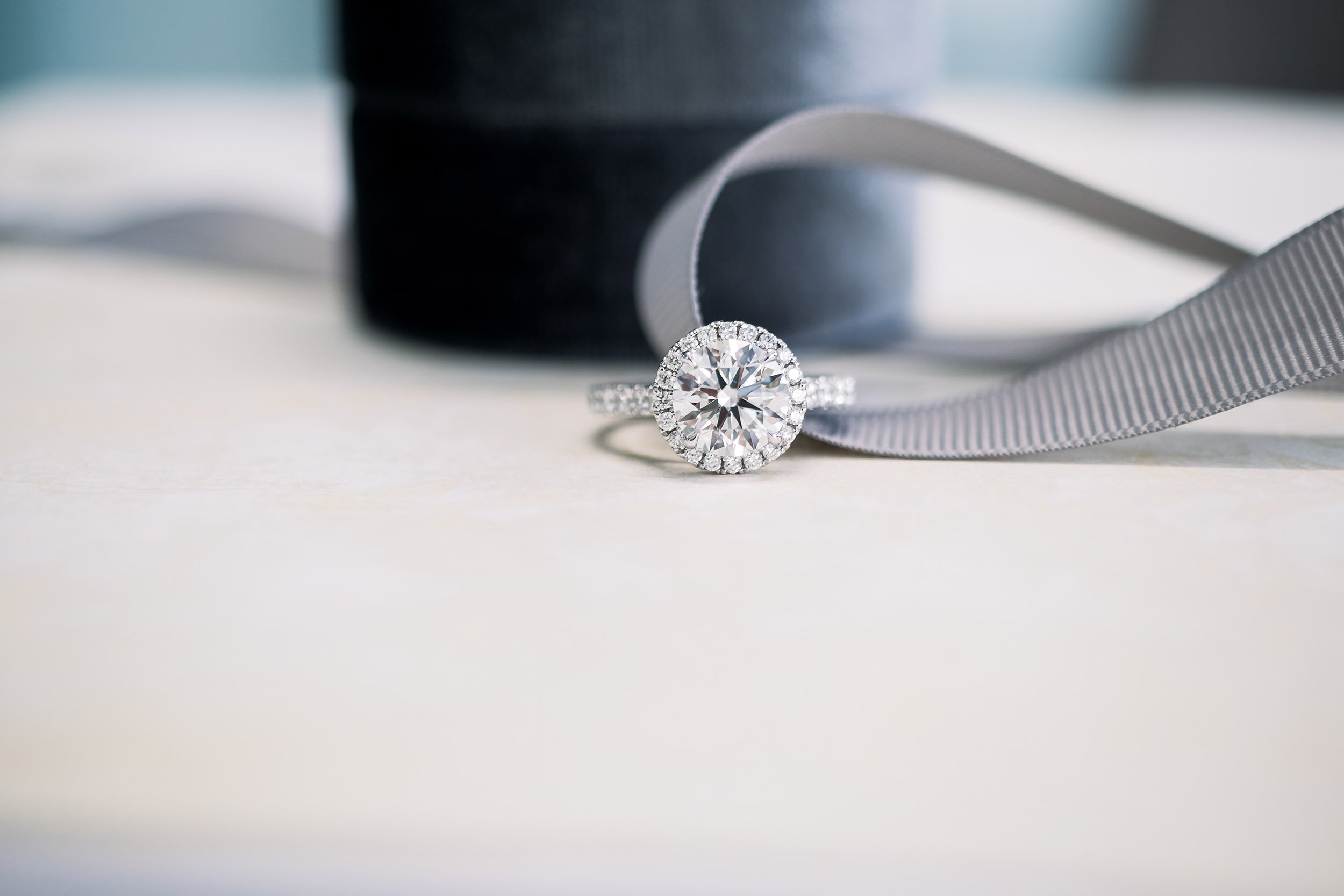
In recent years, buy lab grown diamonds have gained significant traction as a preferred choice for those seeking ethical, affordable, and high-quality gemstones. Whether you’re in the market for an engagement ring, a statement piece of jewelry, or simply looking to invest in a dazzling gem, understanding lab-grown diamonds can help you make an informed decision. This guide will cover everything you need to know about buying lab-grown diamonds, from their creation process to the factors to consider when making a purchase.
What Are Lab-Grown Diamonds?
Lab-grown diamonds, also known as synthetic or cultured diamonds, are real diamonds created in a controlled environment using advanced technology. Unlike natural diamonds, which form over millions of years in the Earth’s mantle, lab-grown diamonds are made within a few weeks or months in a laboratory setting. Despite their different origins, lab-grown diamonds have the same physical, chemical, and optical properties as natural diamonds.
How Are Lab-Grown Diamonds Made?
Lab-grown diamonds are created using two primary methods. The first is High Pressure High Temperature (HPHT), which simulates the intense heat and pressure conditions found in the Earth’s mantle. In this method, a small diamond seed is placed in a chamber with carbon and subjected to high pressure and temperature. The carbon crystallizes around the seed, forming a diamond.
The second method is Chemical Vapor Deposition (CVD). In this process, a diamond seed is placed in a chamber filled with a carbon-rich gas. The gas is ionized, causing the carbon atoms to deposit onto the seed and gradually build up a diamond crystal. Both methods produce diamonds that are virtually indistinguishable from natural ones and offer a range of sizes, colors, and clarities.
Benefits of Buying Lab-Grown Diamonds
Choosing lab-grown diamonds offers several advantages. Firstly, they are ethically sourced. Lab-grown diamonds are free from the ethical concerns associated with natural diamonds, such as conflict financing and environmental impact. By opting for lab-grown diamonds, you are supporting sustainable and responsible practices.
Another benefit is cost-effectiveness. Lab-grown diamonds are generally 20-40% less expensive than their natural counterparts. This affordability allows you to invest in a larger or higher-quality diamond within the same budget. Additionally, lab-grown diamonds offer greater flexibility in terms of customization. Since they are created in a controlled environment, you can easily request specific sizes, colors, and cuts to suit your preferences.
Lab-grown diamonds also come with rigorous quality assurance. They are subjected to high standards and come with certification from reputable gemological laboratories, verifying their authenticity and quality.
Factors to Consider When Buying Lab-Grown Diamonds
When purchasing lab-grown diamonds, several factors should be considered to ensure you make the right choice. Certification is crucial; ensure that the diamond you are buying comes with certification from a reputable gemological institute. This certification provides details about the diamond’s cut, color, clarity, and carat weight.
The cut of the diamond influences its brilliance and overall appearance. Lab-grown diamonds are available in various cuts, such as round, princess, and emerald. Choose a cut that enhances the diamond’s sparkle and complements your jewelry design.
Color is another important aspect. Lab-grown diamonds come in a range of colors, from colorless to shades of yellow and brown. The color grade affects the diamond’s value and aesthetic appeal. While colorless diamonds are typically more valuable, some buyers may prefer the warmth of a colored diamond.
Clarity refers to the presence of internal or external flaws (inclusions and blemishes) in the diamond. Lab-grown diamonds are often found to have fewer inclusions than natural diamonds, but it’s still important to select a diamond with good clarity for the best visual appeal.
Carat weight measures the size of the diamond. While larger diamonds are more expensive, lab-grown diamonds offer the opportunity to obtain a bigger stone for a lower price compared to natural diamonds. Consider your preferences and budget when choosing the carat weight.
Lastly, the setting and design of the jewelry piece play a crucial role in showcasing the diamond. Lab-grown diamonds can be set in various types of jewelry, including rings, necklaces, and earrings. Choose a setting that enhances the diamond’s beauty and complements your style.
Where to Buy Lab-Grown Diamonds
When it comes to purchasing lab-grown diamonds, you have several options. Reputable jewelers now offer lab-grown diamonds. Look for jewelers with a good reputation and positive customer reviews. They should provide detailed information about the diamonds they sell and offer certificates from recognized gemological laboratories.
Online retailers also offer a wide selection of lab-grown diamonds, often with competitive prices and detailed filtering options. Ensure you buy from reputable online platforms that provide certification and have a clear return policy.
Some companies specialize in lab-grown diamonds and sell them directly to consumers. Buying from these manufacturers can offer additional savings and customization options.
Conclusion
Lab-grown diamonds represent a modern and responsible choice for those seeking beautiful and ethical gemstones. With their affordability, customizable options, and high quality, lab grown diamonds provide a compelling alternative to natural diamonds. By understanding the factors to consider and where to buy, you can confidently select a lab-grown diamond that meets your needs and preferences. Whether you’re purchasing an engagement ring, a piece of fine jewelry, or an investment gem, lab-grown diamonds offer a sparkling and sustainable option.


